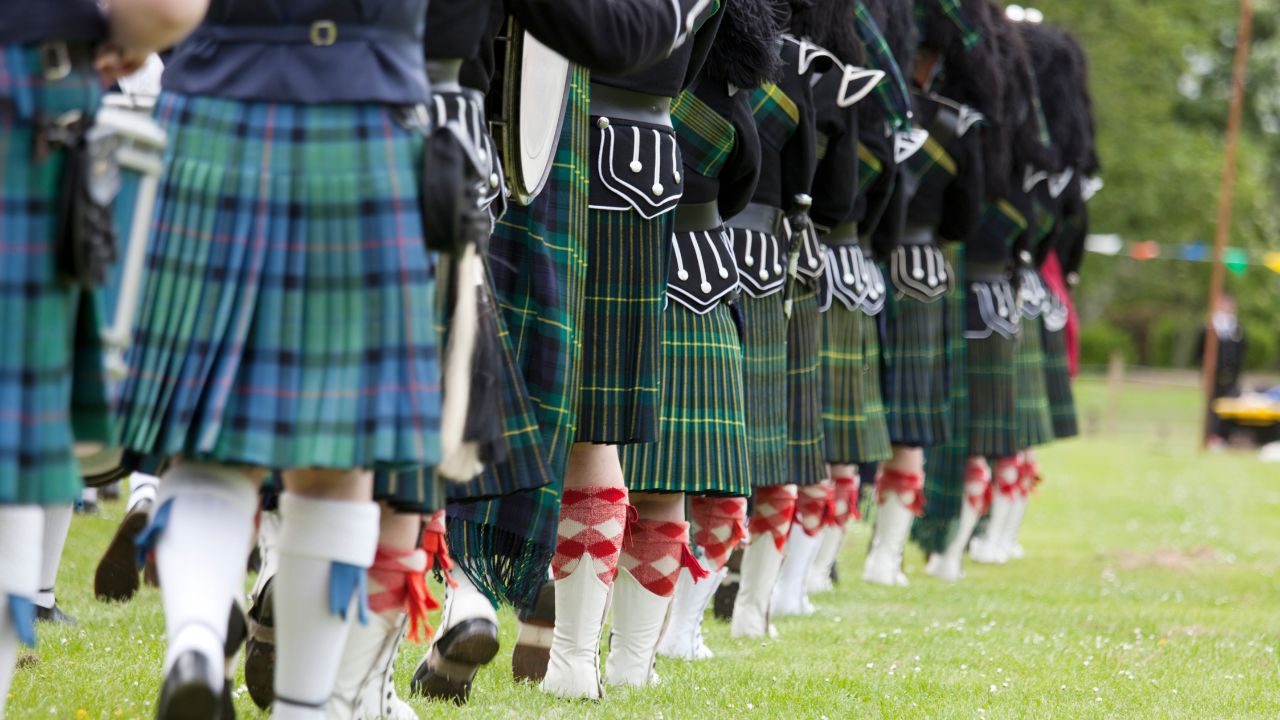Each Championship season brings a fresh technical challenge to Highland dancers: the SOBHD set steps.
Chosen annually by the Scottish Official Board of Highland Dancing (SOBHD) Technical Committee, these prescribed sequences standardize Championship performances worldwide.
Understanding how set steps are selected, why they change, and how to train for them will help Premier dancers plan a smarter season—and help developing dancers know what lies ahead.
What Are SOBHD Set Steps?
Set steps are the official, prescribed step combinations for the Championship dances in a given competition year.
Every Premier dancer in a Championship must perform the same steps, in the same order, ensuring a level technical benchmark for judges.
Typically applied to:
- Highland Fling
- Sword Dance
- Seann Triubhas
- Strathspey & Reel (e.g., Strathspey & Highland Reel, Reel of Tulloch, or combined reels as designated)
Why Set Steps Change Each Year
Annual rotation keeps the art form technically robust and pedagogically balanced:
- Technical breadth: Rotations emphasize different technical themes (e.g., elevation, turnout, timing nuances).
- Fairness over time: No cohort trains the same sequences for too long.
- Coachability: Teachers plan curriculum cycles that address evolving emphases.
- Artistic freshness: Dancers maintain versatility and avoid “fixed routine” stagnation.
Who Chooses the Set Steps and How
Set steps are chosen by the SOBHD Technical Committee, drawing on:
- Technique standards (codified positions and movements)
- Pedagogical progression (age-appropriate complexity)
- Adjudication clarity (clean cues for judges to evaluate accuracy)
- Global applicability (schools across countries can teach consistently)
Once approved, steps are published to member bodies and disseminated to teachers—FUSTA ensures U.S. alignment and communication.
How Set Steps Affect Training & Competition Strategy
Because every Premier Championship competitor performs the same choreography, margins of success come from:
- Refined technique: turnout, placement, control, elevation, and consistent landings
- Exact timing: music phrasing, reel transitions, and precision on accents
- Endurance management: conserving energy across multiple set dances
- Presentation polish: carriage, expression, and ringcraft on the platform
Annual Set Steps—What Changes vs. What Stays the Same
| Aspect | What Stays the Same | What Can Change Year to Year |
|---|---|---|
| Governance | SOBHD Technical Committee oversight | N/A |
| Eligibility | Premier dancers for Championships | N/A |
| Dances | Fling, Sword, Seann Triubhas, Strathspey/Reel family | Which reel form (e.g., Reel of Tulloch vs. combined reels) |
| Technique Rules | Core SOBHD technique and standards | Emphasis areas within the technique (e.g., elevation focus) |
| Choreography | Prescribed sequence performed uniformly | Specific step selections and ordering |
| Judging | Three independent judges average scores | Relative emphasis noted in judges’ education that season |
Season Timeline: When to Learn & How to Peak
- Release Phase (Pre-season):
- Teachers obtain official set steps and map micro-goals (weeks 1–4).
- Foundation Phase (Weeks 4–8):
- Drill mechanics: turnout, foot placement, arms, head positions, controlled elevations.
- Integration Phase (Weeks 8–12):
- Link steps under music; introduce tempo variation rehearsal and platform-width spacing.
- Stamina Phase (Weeks 12–16):
- Simulate full-event runs (all set dances), with active recovery between runs.
- Polish Phase (Final 3–4 weeks):
- Refine transitions, entrances/exits, expression, and error-recovery strategies.
- Taper & Peak (Championship week):
- Reduce volume, keep intensity touch-ups; prioritize sleep, hydration, and shoe prep.
Coaching Checklist: What Judges Consistently Reward
- Accuracy over flourish: exact positions beat “bigger” but sloppy shapes
- Evenness: identical repetitions look identical (no step “fade” late in dances)
- Audible sword respect: clean, quiet crossings in the Sword Dance
- Head & eyeline discipline: consistent with level and dance
- Musicality: phrase awareness; do not “chase” the piper—dance on the music
Common Training Pitfalls (and Fixes)
- Pitfall: Front-loading big jumps—form degrades later.
Fix: Stagger intensity across runs; add tempo-up finisher drills. - Pitfall: Perfect in silence, messy with pipes.
Fix: Alternate metronome work with live or recorded pipes early and often. - Pitfall: Only full-dance run-throughs.
Fix: Micro-loops on weak bars/turns; then rebuild the sequence. - Pitfall: Neglecting footwear and surface.
Fix: Rehearse in competition pumps on similar flooring; rosin management practice.
Preparing Developing Dancers (Pre-Premier) for Future Set Steps
Even if they’re not eligible yet, Beginner/Novice/Intermediate dancers benefit from:
- Technical foundations identical to Premier demands
- Musical drills that sharpen phrasing early
- Conditioning habits (calves, core, glutes) that prevent later plateaus
- Dress-code familiarity to reduce stress when they advance
SOBHD set steps are the global benchmark that keeps Highland dancing uniform, fair, and technically exacting.
For Premier competitors, they’re the season’s blueprint; for developing dancers, they’re the horizon to train toward. Learn the selections early, plan your phases, and sharpen technique and musicality.
When the choreography is identical, precision becomes your competitive edge.
FAQs
Do set steps apply to non-Championship competitions?
No. They are required for Championships. Regular competitions may use teacher-selected steps within SOBHD rules.
When are the annual set steps released?
They’re communicated to member bodies and teachers ahead of the main season so schools can integrate them into training plans.
Can a dancer modify a set step for comfort or style?
No. Exact adherence is required in Championships. Any deviation risks deductions or disqualification.
